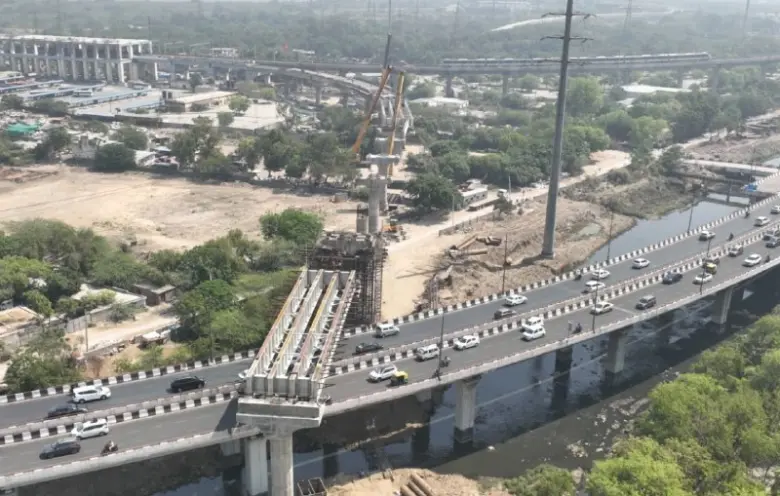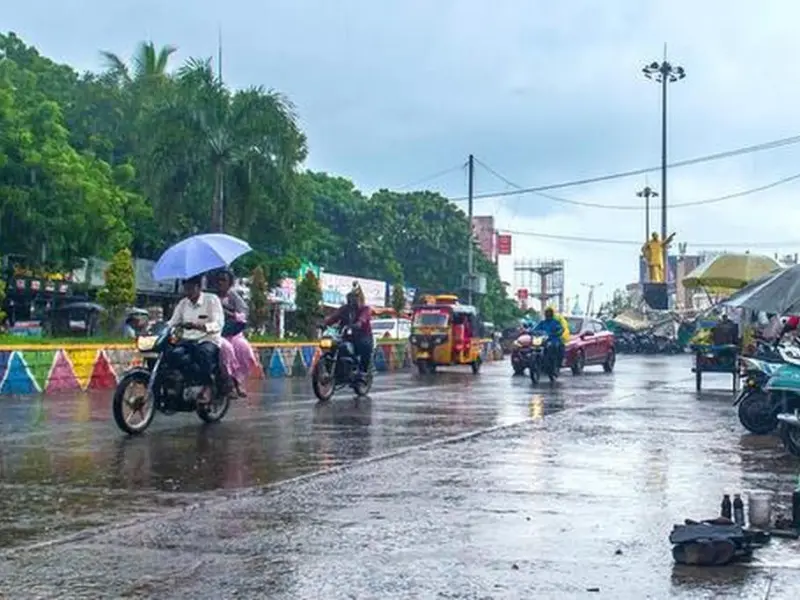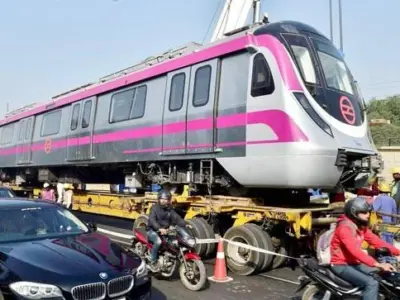NCRTC Completes Steel Span Installation for Namo Bharat Corridor
The National Capital Region Transport Corporation (NCRTC) has successfully installed a steel span weighing 4 tonnes with 4 girders, each weighing 200 tons, on the Barapula flyover. This installation is a crucial step in connecting the Sarai Kale Khan station to the Jangpura stabling yard as part of the Delhi-Meerut Namo Bharat Corridor.
The NCRTC team carried out this complex operation with the support of the Administration, Public Works Department, and Traffic Police. The task was meticulously planned and executed, showcasing excellent coordination among all parties involved.
Details of the Project
According to NCRTC spokesperson Puneet Vats, the Jangpura stabling yard is strategically located close to the Sarai Kale Khan station to facilitate the operation of trains on the Namo Bharat Corridor. Generally, NCRTC constructs pillars at an average distance of 34 meters for elevated sections. However, in areas with existing structures like rivers, bridges, rail crossings, and expressways, maintaining this distance can be challenging. In such cases, the distance between pillars is adjusted as needed, and special spans are employed to accommodate the design.
At this specific location, a drain runs parallel to the Barapula flyover. The Namo Bharat Corridor needs to cross both the drain and the flyover simultaneously, necessitating the construction of a 4-girder steel span.
Technical Specifications
Each of the steel girders measures 40 meters in length and weighs 50 tons. The installation was achieved using three high-capacity cranes through a two-stage lifting process. The operation was particularly challenging and was carried out during nighttime to minimize disruption.
The process involved lifting the steel spans directly from the ground to the fixed pillars. Two cranes positioned on one side of the Barapula flyover lifted the girders one by one, placing them onto the flyover. Subsequently, cranes on both sides of the flyover were used to elevate the girders and install them onto the designated pillars.
This successful installation marks a significant milestone in the development of the Namo Bharat Corridor, which aims to enhance connectivity in the region.





